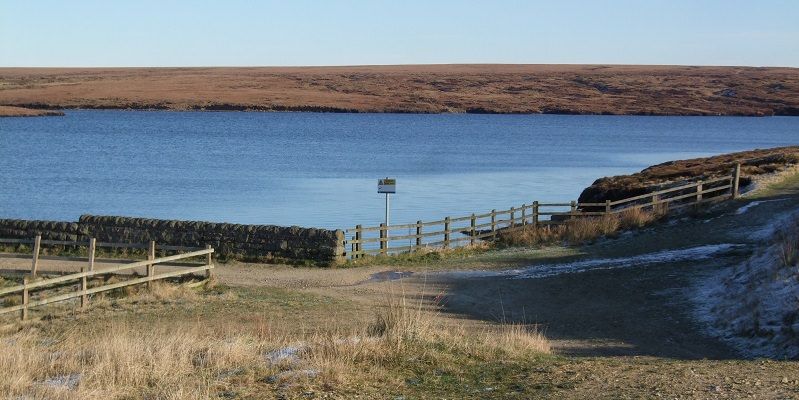Peatland Contributions to UK Water Security
Published on by Water Network Research, Official research team of The Water Network in Academic
Peatlands are vital to UK water security and must be protected to preserve the UK’s water supply, warn scientists.
water@leeds scientists from the University of Leeds have developed a new global index that identifies water supplied from peatlands as a significant source of drinking water for the UK and the Republic of Ireland.

Image source: University of Leeds
The researchers estimated that in the UK, 72.5% of the storage capacity of reservoirs is peatlands-fed water. In the Republic of Ireland, they estimated that drinking water fed by peatlands supports the equivalent of 4.22 million people – 68% of the national population.
This demonstrates the crucial role peatlands play in the water security of these countries.
Study co-author, Professor Joseph Holden, director of water@leeds said: “Globally only 28% of peatlands that supply drinking water to large populations are pristine or protected. In the UK it’s imperative that we support the great work of peatland restoration agencies and partnerships which are working with water companies to enhance the condition of our degraded peatlands.
“The UK consumes approximately 1.56 cubic kilometres of drinking water per year that has come from peatlands; that is roughly the volume of 630,000 Olympic-sized swimming pools. This resource supports the equivalent of 28.3 million people or more than 43% of the UK's population. Threats to peatlands could mean a significant threat to the UK ’s water security.
“Worldwide, predicted rising global temperatures and the draining or burning of peatlands for agriculture and industry are a real concern as degradation of these fragile ecosystems could seriously compromise the water quality peatlands provide.”
Identifying crucial water supply hotspots
The study, published today in Nature Sustainability , analysed global peatlands, their proximity to human populations and data for flow into drinking water supplies. The resulting index determined the amount of drinking water contributed by peatlands and locations where populations may be reliant on this water supply. The study estimates that peat-rich catchments provide water to roughly 71.4 million people globally.
The scientists found that in many regions, worldwide large peatlands with high water content were too far away from human populations to provide major sources of drinking water. However, the study also identified hotspots where peatlands were crucial for water supply.
Most of these key areas were found to be in the British Isles, where approximately 85% of all global drinking water sourced directly from peatlands is consumed and therefore emphasising the need for peatland conservation in the UK and Ireland to protect water supplies.
Removing peat sediment and dissolved organic carbon from water draining from degraded peatlands represents the largest costs in raw water treatment for water utilities in the UK. In recent decades concentrations of dissolved organic carbon in water from UK upland peatlands have increased rapidly due to changes in atmospheric chemistry and peat degradation.
Read full article: University of Leeds
Media
Taxonomy
- Watershed Management
- Environment
- Watershed
- Wetlands
- Integrated Watershed Management
- Environmental
- Wetlands